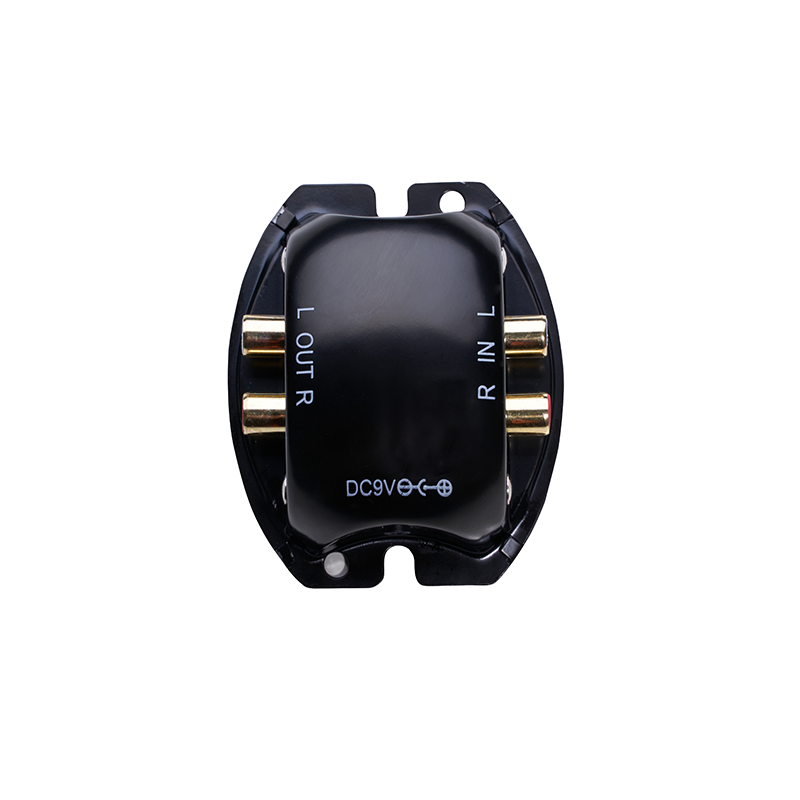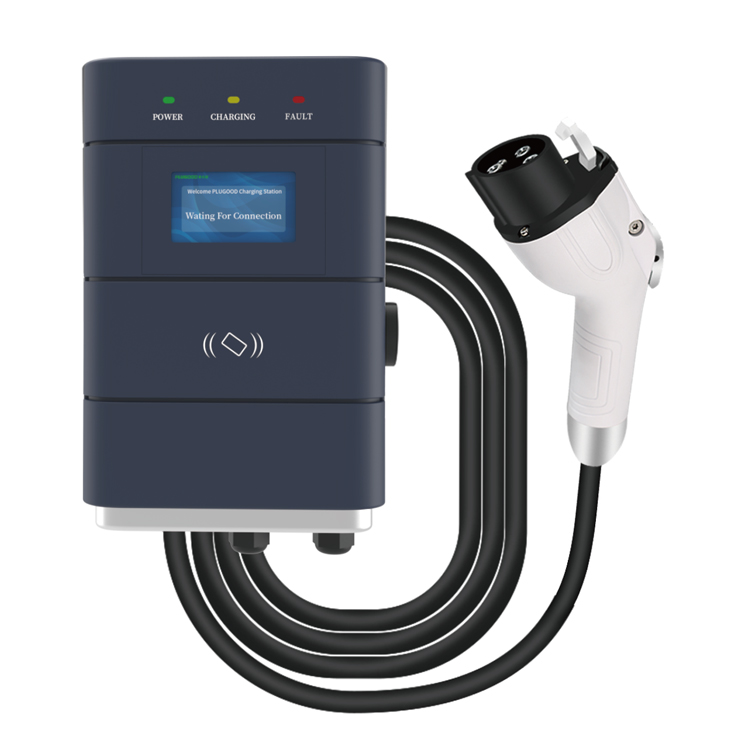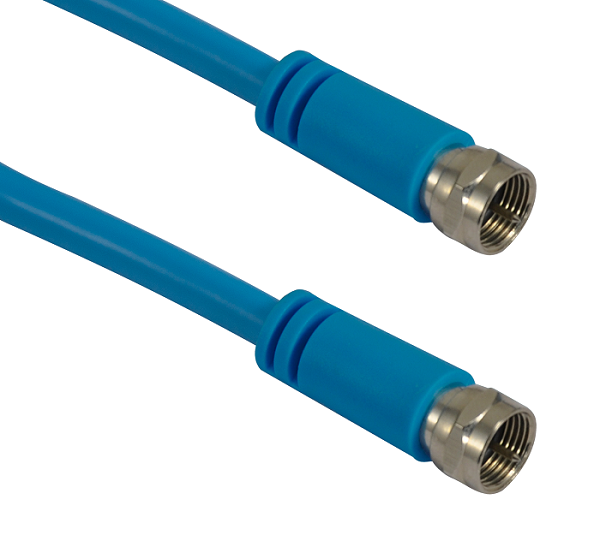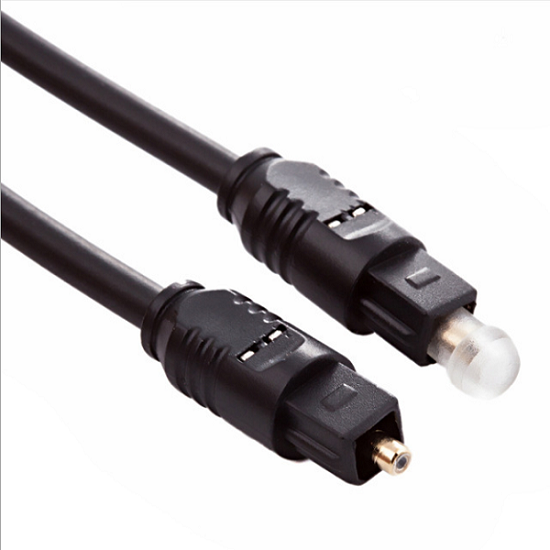Dimension instability means that under the same injection molding machine and molding process conditions, the dimension of plastic parts change between each batch of molded products or between each cavity molded product of each mold.
The dimension change is caused by abnormal equipment control, unreasonable injection molding conditions, poor product design and changes in material performance.
1. Inconsistent molding conditions or improper operation
During injection molding, various process parameters such as temperature, pressure and time must be controlled in strict accordance with the process requirements, especially the molding cycle of each plastic part must be consistent and cannot be changed at will. Under normal conditons, using higher injection pressure and injection speed, appropriately extending the mold filling and pressure holding time, and increasing the mold temperature and material temperature , which are beneficial to overcome the dimensionl instability.
The change of the environment temperature also has a certain influence on the fluctuation of the molding size of the plastic part, and the process temperature of the equipment and the mold should be adjusted in time according to the change of the external environment.
2. Improper selection of molding materials
The shrinkage rate of molding raw materials has a great influence on the dimension accuracy of plastic parts. In general, the greater the shrinkage rate of the molding material, the more difficult it is to ensure the dimension accuracy of the plastic parts.
Therefore, when selecting a molding resin, the influence of the shrinkage rate of the raw material after molding on the dimension accuracy of the plastic part must be fully considered. For the selected raw materials, the variation range of the shrinkage rate cannot be greater than the requirements of the dimension accuracy of the plastic parts.
In addition, if the particle size of the molding raw material is uneven, poor drying, the mixing of the recycled material and the new material is not uniform, and the performances of each batch of raw materials are different, which will also cause fluctuations in the molding size of the plastic parts.
3. Malfunction on mold
The design on mold structure and manufacturing accuracy directly affect the dimension accuracy of the plastic parts.
If the fitting gap between the guide post and the guide sleeve of the mold is too poor due to poor manufacturing accuracy or too much abrasion, the molding dimension accuracy of the plastic part will decrease.
If there are hard fillers or glass fiber reinforced materials in the molding material, the mold cavity is seriously worn, or when one mold is used for multi-cavity molding, there are errors between the various cavities, gate, runner and other errors, and poor balance of the feed port. Inconsistency in mold filling will also cause dimensional fluctuations.
Therefore, when designing the mold, sufficient mold strength and rigidity should be designed, and the processing accuracy should be strictly controlled. The cavity material of the mold should be made of wear-resistant materials, and it should be better to get heat treated and cold hardened on the surface of cavity.
When the thickness error of the plastic part occurs, it is often caused by the malfuction of the mold. If the wall thickness of the plastic part produces a partial thickness error under the condition of one mold and one cavity, it is generally due to the installation error and poor positioning of the mold, which causes the relative position deviation of the mold cavity and the core. If it is a partial thickness error generated under the condition of one mold and multiple cavities, in general, the error is small at the beginning of molding, but the error gradually becomes larger after continuous operation, which is mainly caused by the error between the mold cavity and the core. This phenomenon is most likely to occur when using hot runner molds in particular. For this, double cooling circuits with very small temperature differences can be provided in the mold.
4. malfuction on equipment
If the molding capacity of the molding equipment is insufficient, the feeding system is unstable, the rotation speed of the screw is unstable, the stop function is abnormal, the check valve of the hydraulic system fails, the thermocouple of the temperature control system is burned out, the heater is open circuit, etc. The molding size of plastic parts is unstable. As long as these faults are detected, targeted measures can be taken to eliminate them.
5. Inconsistent test methods or conditions
If the method, time and temperature for measuring the dimensions of plastic parts are different, the measured dimensions will be very different, and the temperature conditions have the greatest impact on the test.
 English
English  Esperanto
Esperanto  Afrikaans
Afrikaans  Català
Català  שפה עברית
שפה עברית  Cymraeg
Cymraeg  Galego
Galego  Latviešu
Latviešu  icelandic
icelandic  ייִדיש
ייִדיש  беларускі
беларускі  Hrvatski
Hrvatski  Kreyòl ayisyen
Kreyòl ayisyen  Shqiptar
Shqiptar  Malti
Malti  lugha ya Kiswahili
lugha ya Kiswahili  አማርኛ
አማርኛ  አማርኛ
አማርኛ  Bosanski
Bosanski  Frysk
Frysk  ភាសាខ្មែរ
ភាសាខ្មែរ  ქართული
ქართული  ગુજરાતી
ગુજરાતી  Hausa
Hausa  Кыргыз тили
Кыргыз тили  ಕನ್ನಡ
ಕನ್ನಡ  Corsa
Corsa  Kurdî
Kurdî  മലയാളം
മലയാളം  Maori
Maori  Монгол хэл
Монгол хэл  Hmong
Hmong  IsiXhosa
IsiXhosa  Zulu
Zulu  Lëtzebuergesch
Lëtzebuergesch  Malagasy
Malagasy  Punjabi
Punjabi  پښتو
پښتو  Chichewa
Chichewa  Samoa
Samoa  Sesotho
Sesotho  සිංහල
සිංහල  Gàidhlig
Gàidhlig  Cebuano
Cebuano  Somali
Somali  Тоҷикӣ
Тоҷикӣ  O'zbek
O'zbek  Hawaiian
Hawaiian  سنڌي
سنڌي  Shinra
Shinra  Shinra
Shinra  Հայերեն
Հայերեն  Igbo
Igbo  Sundanese
Sundanese  Yoruba
Yoruba  Español
Español  Português
Português  русский
русский  Français
Français  日本語
日本語  Deutsch
Deutsch  tiếng Việt
tiếng Việt  Italiano
Italiano  Nederlands
Nederlands  ภาษาไทย
ภาษาไทย  Polski
Polski  한국어
한국어  Svenska
Svenska  magyar
magyar  Malay
Malay  বাংলা ভাষার
বাংলা ভাষার  Dansk
Dansk  Suomi
Suomi  हिन्दी
हिन्दी  Pilipino
Pilipino  Türkçe
Türkçe  Gaeilge
Gaeilge  العربية
العربية  Indonesia
Indonesia  Norsk
Norsk  تمل
تمل  český
český  ελληνικά
ελληνικά  ελληνικά
ελληνικά  український
український  Javanese
Javanese  فارسی
فارسی  தமிழ்
தமிழ்  తెలుగు
తెలుగు  नेपाली
नेपाली  Burmese
Burmese  български
български  ລາວ
ລາວ  Latine
Latine  Қазақша
Қазақша  Euskal
Euskal  Az?rbaycan
Az?rbaycan  Slovensky jazyk
Slovensky jazyk  Македонски
Македонски  Lietuvos
Lietuvos  Eesti Keel
Eesti Keel  Română
Română  Slovenski
Slovenski  मराठी
मराठी  Srpski језик
Srpski језик 










